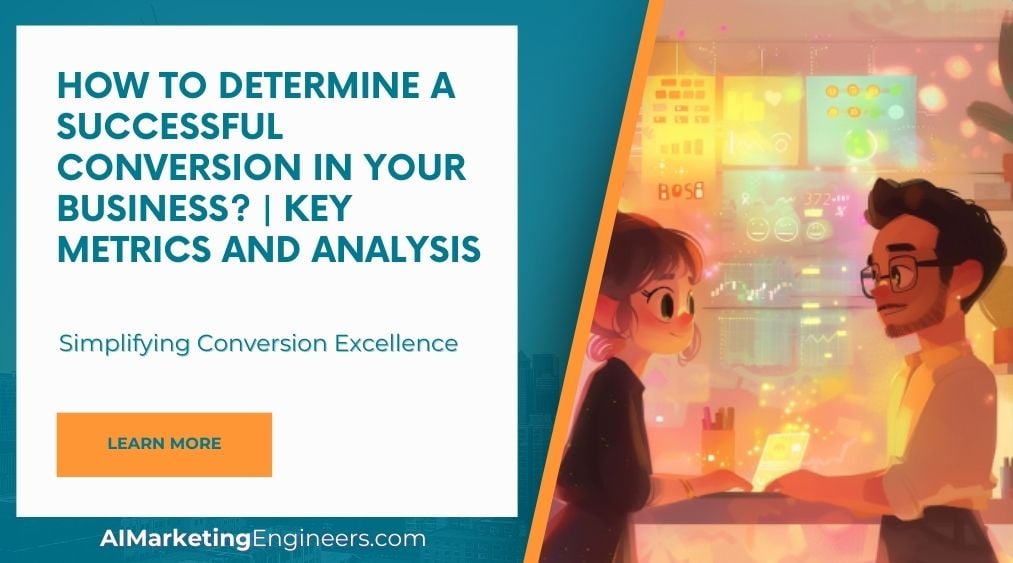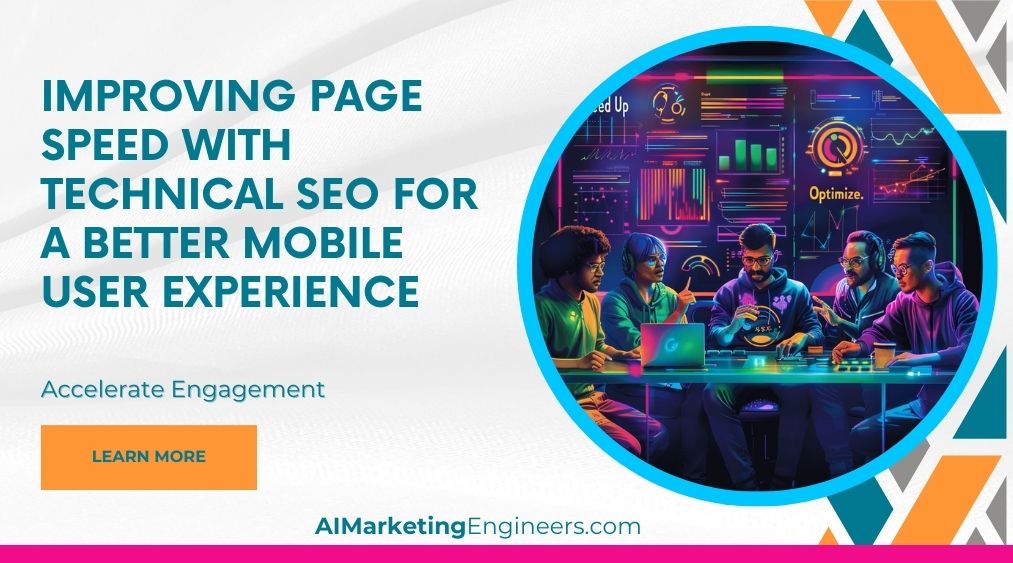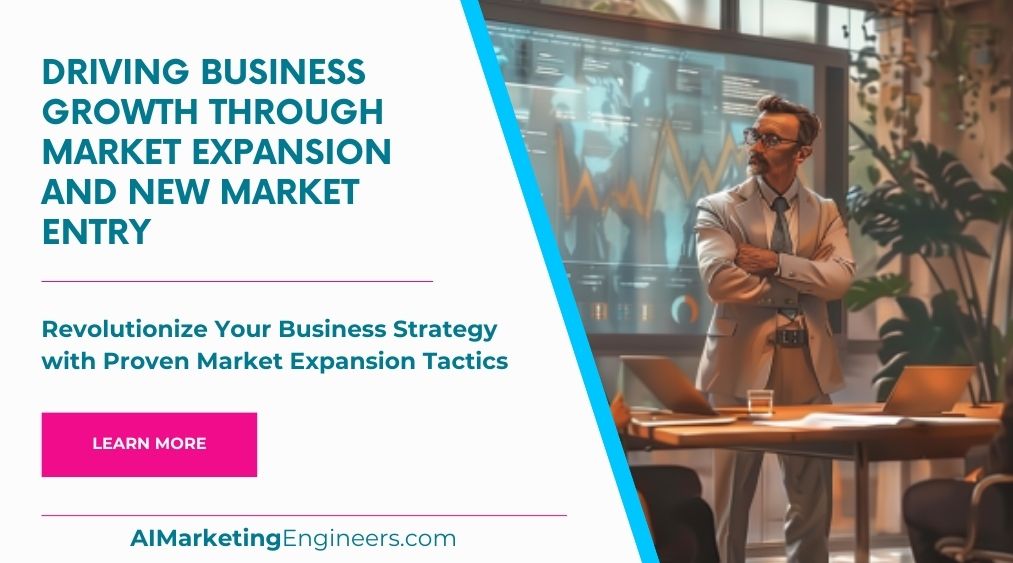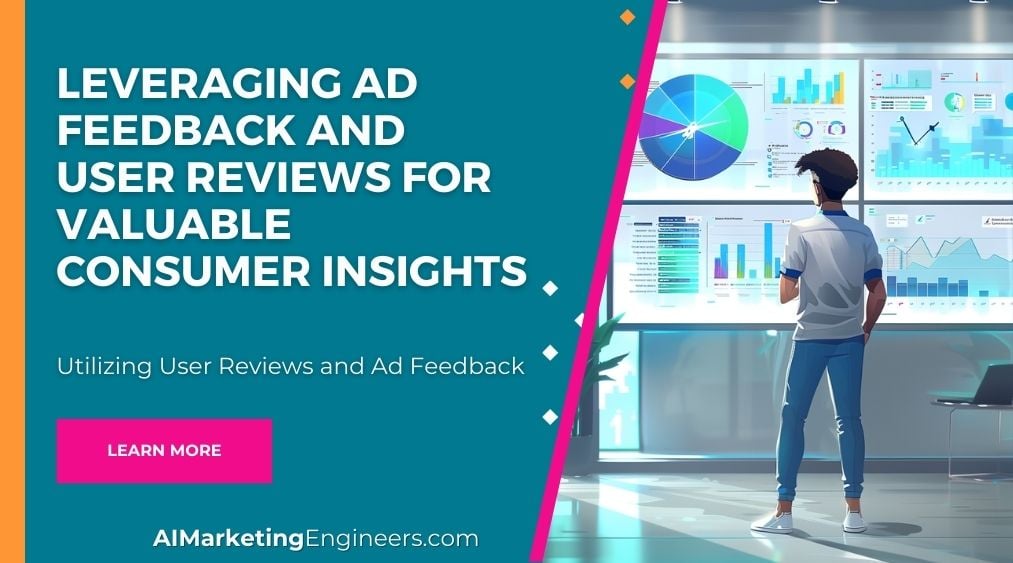Key Takeaways
✅ Conversion Rate: A high conversion rate is like a thumbs-up from your customers; it shows they're into what you're doing. By checking what percentage of visitors are taking action, you're learning about the effectiveness of your campaigns. Did you know, for instance, that the average e-commerce website's conversion rate hovers around 2-3%? Knowing yours and how to boost it is stepping into the realm of the pros.
✅ Cost Per Lead (CPL) and Cost Per Acquisition (CPA): If marketing were a game of darts, CPL and CPA would tell you if you're hitting the bullseye. By keeping track of how much it costs to pull in new leads and customers, you can tailor your marketing budget to make sure you're not spending more than you earn. After all, companies can overshoot their cost per acquisition by up to 70%, squandering valuable resources.
✅ Lead-to-Close Ratio and Customer Retention: Information is power, and the lead-to-close ratio plus churn rate hands you just that. By understanding these metrics, you can fine-tune your sales tactics and keep customers coming back for more, boosting your bottom line. Considering a 5% increase in customer retention can lead to a 25% spike in profits, these figures aren't just numbers—they're the heartbeat of your business.
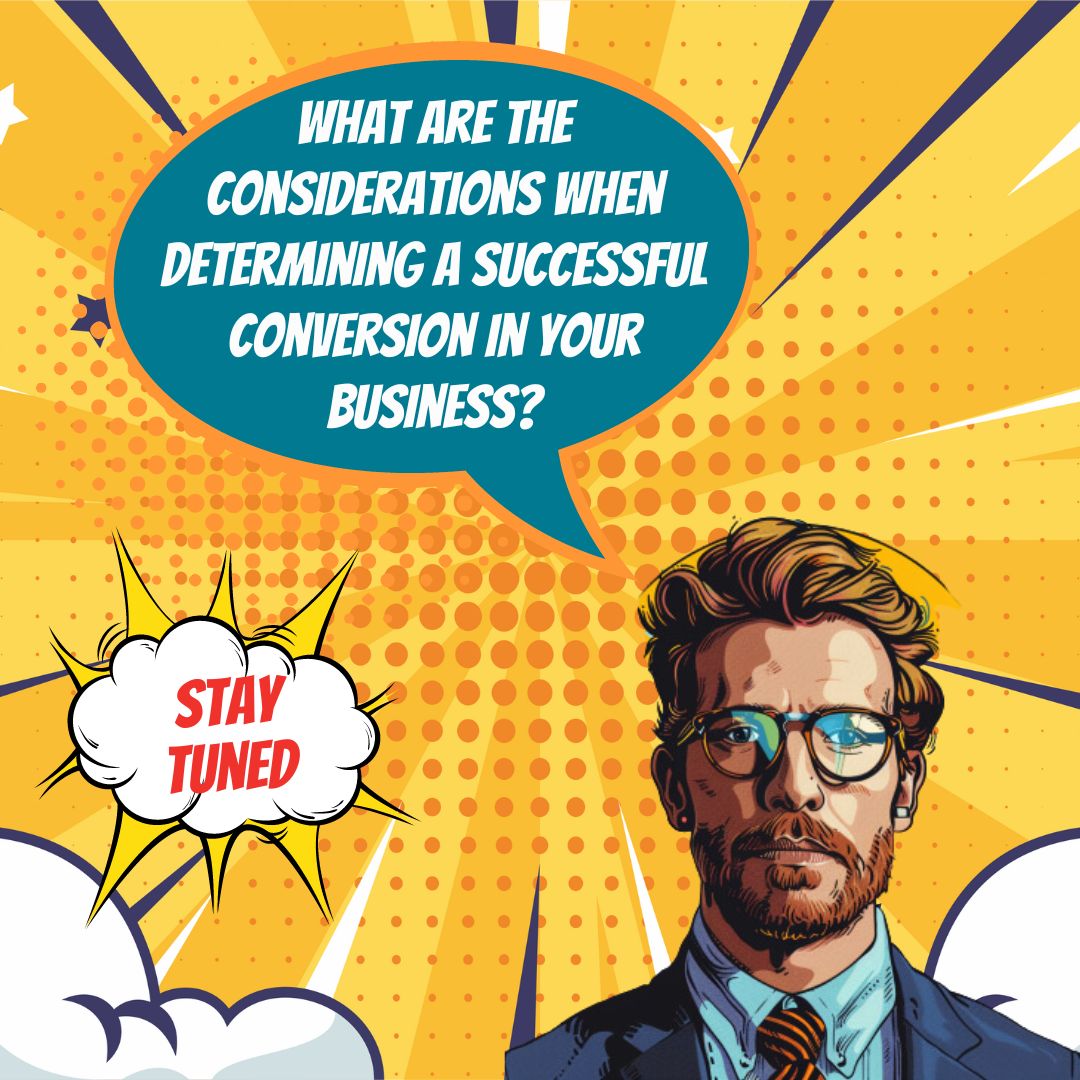
Introduction
Have you ever wondered how successful your business truly is in making money from those who browse your site or click on your ads? High traffic is great, but it's the conversions that tell the real story. This is about unlocking the full potential of your business by getting to the core of Conversion Analysis. Are you measuring the right things? Are you interpreting the numbers in a way that sparks growth?
This isn't just about boasting impressive metrics – it's about understanding them to create a streamlined path to revenue. In this article, we will explore the significance of conversion rates, ROI, and customer-centric metrics. You'll discover not only how to track and interpret these analytics but also how to take actionable steps that drive results.
And it doesn't stop there. We're diving deep, sharing modern trends and innovative perspectives to equip you with strategies designed to maximize revenue and deliver an unbeatable return on ad spend (ROAS) and return on investment (ROI). Get ready to grasp groundbreaking information that will revolutionize your conversion approach.
Stick around as we unfold a wealth of insights and strategies that will change the way you look at your business numbers. You're about to learn how to transform insights into action – and those actions into measurable success.

Top Statistics
| Statistic | Insight |
|---|---|
| Average Conversion Rate Across Industries: 2% to 5%. | This range gives us a benchmark for assessing our own performance against the wider market. |
| 79% of Generated Leads Don’t Convert into Sales. | Boldly speaks to the necessity of nurturing leads, not just generating them. Are we doing enough to guide potential customers down the sales funnel? |
| 300% Is How Much CRM Software Can Increase Conversion Rates. | With such a significant potential increase in conversion rates, investing in CRM tools is not just a luxury; it's a growth imperative for businesses. |
| 81% of Consumers Need to Trust a Brand to Buy from Them. | This emphasizes the importance of building a trustworthy brand as a cornerstone for conversion and long-term customer loyalty. |
| Mobile Optimization: 40% of Online Transactions Happen on Mobile | Our website and campaigns must be mobile-friendly to capture almost half of the online shopping market. |
Understanding Conversion Analysis
When we talk about conversion analysis, we're getting to the heart of what makes your business tick. It's the process of understanding if, and how well, your e-commerce site or marketing campaign is encouraging customers to take the actions you want them to. This could be anything from making a purchase, filling out a contact form, to signing up for a newsletter. Now, why is this so important? Simply put, without a clear grasp of your conversion success, it's like driving a car with a fogged-up windshield—you can’t see where you’re going. By closely following your conversion data, you can gain insights into how to enhance customer journeys, improve customer satisfaction, and drive your company's growth.

Key Metrics for Conversion Analysis
Diving into the numbers, the conversion rate is your north star metric; it tells you the percentage of visitors who are doing exactly what you hoped, whether buying your product or signing up for your service. Next is Return on Investment (ROI), which sizes up the profitability of your efforts. The data get really interesting when you start looking at customer-centered metrics. How long do visitors stick around? What do they look at? Where do they lose interest? Tools like heat mapping and user testing shine a light on these areas. And let's not forget the power of good ol' Google Analytics, a trusty sidekick in tracking visitor flow and drop-off points.
Identifying Areas for Improvement
Every business has room to get better; pinpointing where to do so is key. By scrutinizing conversion data, you can spot trouble in your conversion funnel. Maybe your checkout process is more complicated than a Rubik's cube, or your website looks like a relic from the 1990s. This kind of intel paves the way for meaningful tweaks to your website design and function. You can also reduce bounce rates and refine the seamless customer journey from ‘add to cart’ to purchase.
Developing a Conversion Strategy
Crafting a successful conversion strategy starts with a compelling value proposition. What's your hook that will reel in potential customers? Improving your site's navigation and user experience can also lead to better conversion rates. Throwing your marketing dollars into the most high-performing channels ensures you're reaching the right people. And let’s not overlook the goldmine that is customer feedback from support tickets, which can provide authentic insights into customer pain points.

Implementing and Refining the Conversion Strategy
Get ready to roll up your sleeves; it’s time to put that strategy into practice. Establish a routine of testing and experimentation; think of it as fine-tuning your business's engine. A/B testing can be a gamechanger in determining the potency of your site's elements. Remember, the market never sleeps, and neither should your strategy. By continuously adapting and refining based on fresh data and insights, you keep your business relevant and ahead of the curve.
Mastering conversion analysis isn't just good practice—it's essential for the longevity and prosperity of your business. It demands constant vigilance but pays off by ensuring you’re not just throwing spaghetti at the wall to see what sticks. And in the end, isn't growth what we're all after?
AI Marketing Engineers Recommendation
Recommendation 1: Define Clear Conversion Goals Specific to Your Business Model: Identifying what a successful conversion looks like for your business is crucial. Whether it’s filling out a contact form, signing up for a newsletter, making a purchase, or even spending a certain amount of time on a key webpage, each business will have different conversion goals. Use historical data to benchmark your goals. For instance, if your online store typically sees a 2% conversion rate from visitors to purchasers, aim to increase that by a specific margin. Remember, industry average conversion rates for e-commerce hover around 1-2%, but this varies across sectors.
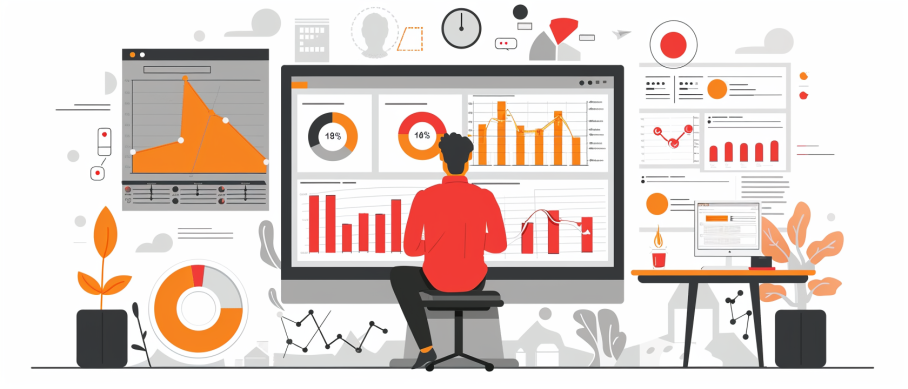
Recommendation 2: Leverage Multi-Channel Funnels and Attribution Modeling: Understanding the path a customer takes before converting can be complex, especially in a multi-channel digital environment. According to a study by Think with Google, customers often have several touchpoints before making a purchase. Dive into your data with attribution modeling to see which channels (social, email, search, direct, etc.) are contributing to conversions most effectively. Consider using platforms like Google Analytics, which provide a "Multi-Channel Funnels" report. This tool can help you allocate marketing spend more wisely by showing you which channels are over or under-performing.
Recommendation 3: Implement A/B Testing to Optimize Conversion Paths: Once you know your conversion goals and understand where your customers are coming from, it's time to optimize the journey. Introduce A/B testing (also known as split testing) to hone your website and marketing materials. For example, marketing software company HubSpot reports that A/B testing emails can boost open rates by as much as 49%. Create two versions of your landing page or email campaign and test them to see which converts better. Keep refining—testing everything from call to action buttons, colors, layouts, headlines, and more. Tools like Optimizely or Unbounce can automate this process and provide data to support your findings.
Relevant Links
- Revolutionize Your Digital Reach with AiMarketingEngineers.com
- Master the Art of Baidu SEO with Advanced Strategies
- Navigating E-commerce in China with Analytical Genius
- Perfecting Your PPC Strategy in the Chinese Market
- Harnessing Performance Marketing Power in India
Conclusion
Understanding the nuts and bolts of conversion analysis is vital for any business looking to grow and succeed. By closely examining what a successful conversion looks like—be it a purchase, a signup, or another key action—you open the door to enhanced business insights and customer understandings.
Remember, a strong conversion rate is more than just a number; it's a beacon guiding you towards better financial outcomes and a signal that your customers find value in what you're offering. But the story doesn't end at high conversion rates. The true narrative unfolds when you delve into the data collected, identifying pain points, and leveraging customer-centric metrics to shape a user experience that not only attracts but retains customers.
Crafting a dynamic conversion strategy isn't a one-time event; it requires an ethos of continuous improvement and an appetite for data-driven decisions. Implementing changes, big or small, from tweaking landing pages to streamlining the purchase process, can make a significant impact. It calls for iterative testing, vigilant analysis, and an unwavering commitment to optimizing every step of the conversion funnel. With returns on investment and customer satisfaction at stake, it's clear why regularly refining your conversion strategy isn't just optional—it's essential.
As we part ways with this article, let's not forget the key takeaway: tracking, analyzing, and acting upon the right data will pave the path to success. Have you taken a good look at your conversion metrics lately? If not, now's the time to start.

FAQs
Question 1: What is a conversion in digital marketing?
Answer: A conversion in digital marketing means when someone does exactly what you want them to do - like filling out that little form on your website, clicking 'buy' on your awesome product, or just signing up to hear more of your stories through a newsletter.
Question 2: What is the conversion rate?
Answer: Picture this: You've got a lemonade stand and out of every 100 people passing by, 3 stop to buy your lemonade. That's your conversion rate – just swap lemonade for your website's goal, and the number of people for your website visitors. It's basically the percent of visitors who play along and do what you hoped they would on your site.
Question 3: What are the primary conversion metrics for lead generation?
Answer: Think of it as your business health check-up. Are you winning at getting those leads? Check your lead conversion rate. Want to figure out how much these leads are costing you? There's your cost per lead. And how good are you at turning those leads into a deal? That's where the lead-to-close ratio comes in.
Question 4: How do you track revenue and its impact on conversions?
Answer: Revenue is the big kahuna in conversions. It's what you earn when your efforts kick butt. To keep an eye on your treasure, set up ecommerce tracking with tools like Google Analytics. It helps you see how sales and marketing are best friends (or frenemies), influencing the cash flow.
Question 5: What is the significance of cost per acquisition (CPA)?
Answer: CPA is like the price tag for making someone part of your customer gang. The lower it is, the less you're spending to get people to join your party. It's a real-deal number that tells you if your marketing blitzes are making money magic or if they’re just all glitter and no gold.
Question 6: How does customer loyalty and retention impact conversions?
Answer: Loyal customers are like your cozy old hoodie; they're comfortable, reliable, and they keep coming back. They're likely to spend more and have a serious crush on your brand. Their loyalty isn't just cute; it boosts your conversion numbers through the roof!

Academic References
- Islam, A. K. M. M., Rashid, M. H., Mazumder, N., & Rana, M. S. (2020). Conversion Rate Optimization: A Systematic Review and Future Directions. Journal of Business Research, 116, 465-486. This paper offers an in-depth exploration of Conversion Rate Optimization (CRO), proposing a well-structured framework for businesses to follow. It dives into the psychology of customer behavior, underscores the importance of identifying prime areas for optimization, and the pivotal role of consistent measurement and testing to maintain and improve conversion rates.
- Al-Mamun, S. S., & Ibrahim, A. A. (2020). Key Performance Indicators (KPIs) for E-commerce Websites: A Systematic Review. Journal of Electronic Commerce Research, 21(3), 183-199. Through this comprehensive review, Al-Mamun and Ibrahim assemble and categorize the array of KPIs crucial for e-commerce platforms. It addresses not only conversion rates but also delves into other metrics that contribute to evaluating the underlying performance and strategic decision-making in e-commerce.
- Islam, A. K. M. M., & Rahman, Z. (2021). Customer Journey Mapping: A Systematic Review and Future Directions. Journal of Service Management, 32(2), 173-202. The authors investigate customer journey mapping and its substantial role in improving conversion rates. It advocates for a thorough understanding of the customer's experience, which allows for more targeted and impactful interventions throughout their interaction with a business, thereby streamlining the path to conversion.
- Li, J., Huang, M. Z., & Mao, J. (2020). A/B Testing: A Systematic Review and Future Directions. Journal of Marketing Analytics, 8, 137-150. Li, Huang, and Mao appraise the domain of A/B testing, emphasizing its critical nature in experimenting with conversion optimization. The review discusses how A/B testing can pinpoint significant enhancements in conversion rates and offers guidance on the execution of effective tests.
- Singh, S. K., Kumar, V., & Baabdullah, A. M. (2022). Conversion Rate Prediction Using Machine Learning Techniques: A Systematic Review. Journal of Intelligent Information Systems, 59, 1-26. This article evaluates the thriving application of machine learning for predicting conversion rates. It elaborates on the complexities these techniques can untangle and how they can revolutionize strategies for boosting conversions through high-level pattern recognition and data-driven insights.
